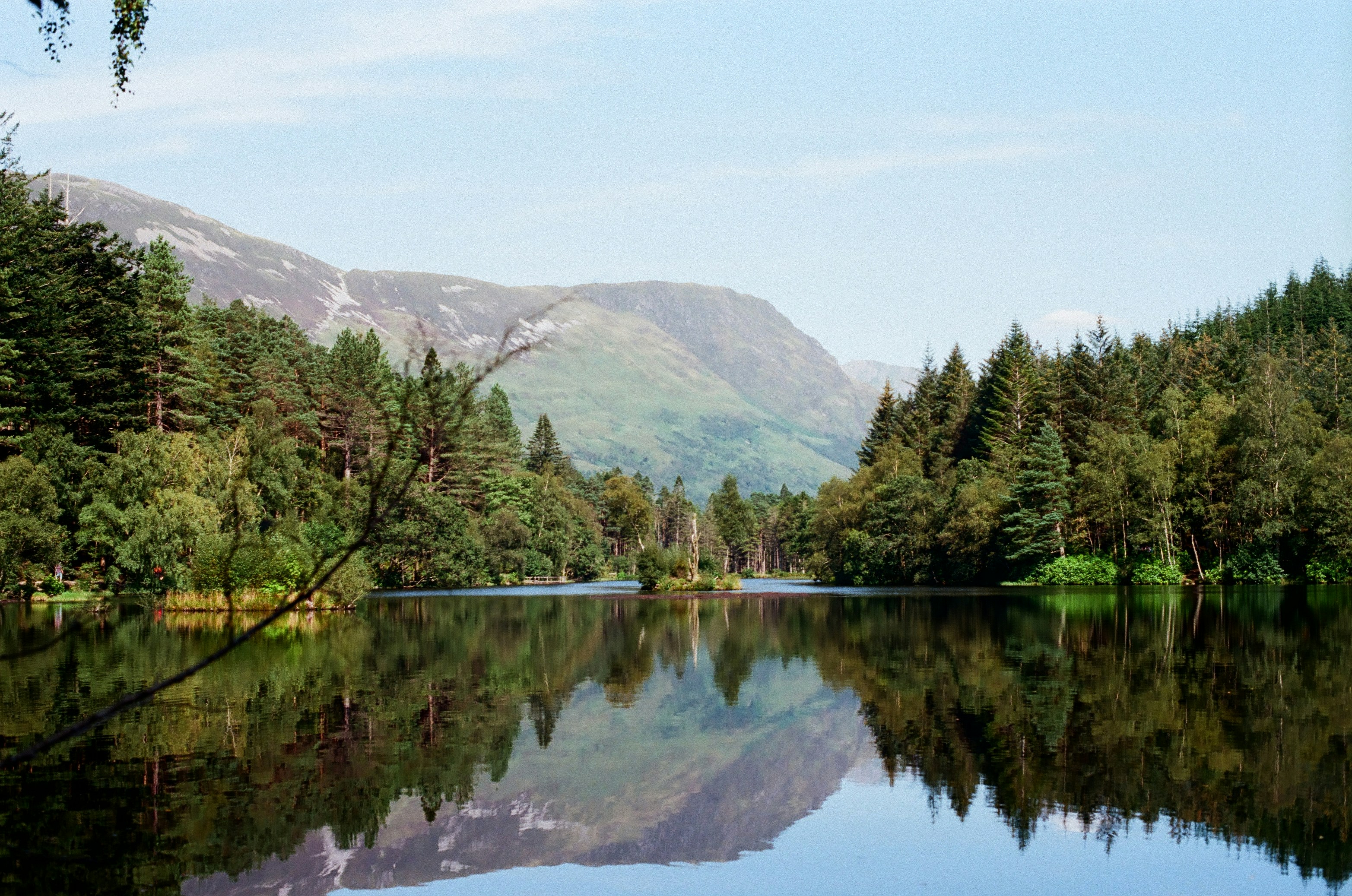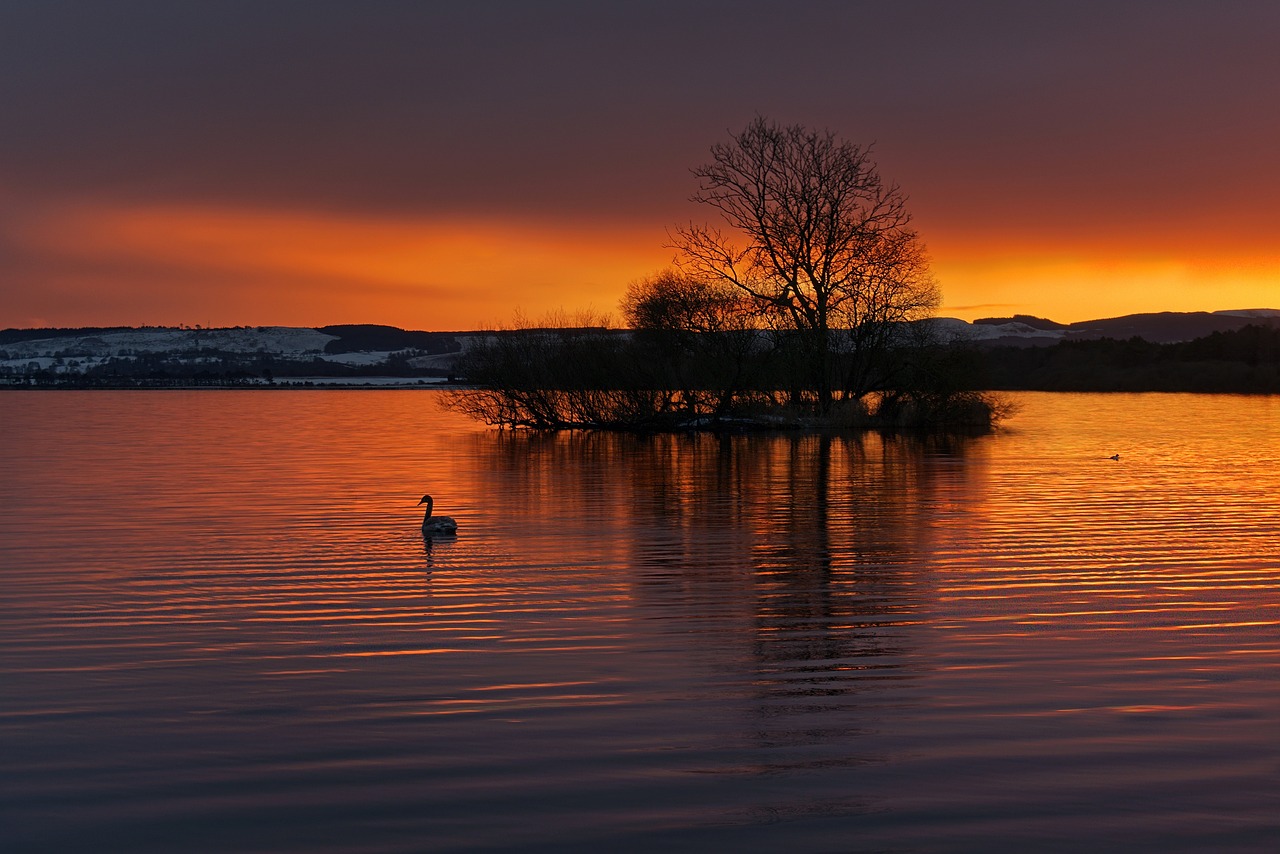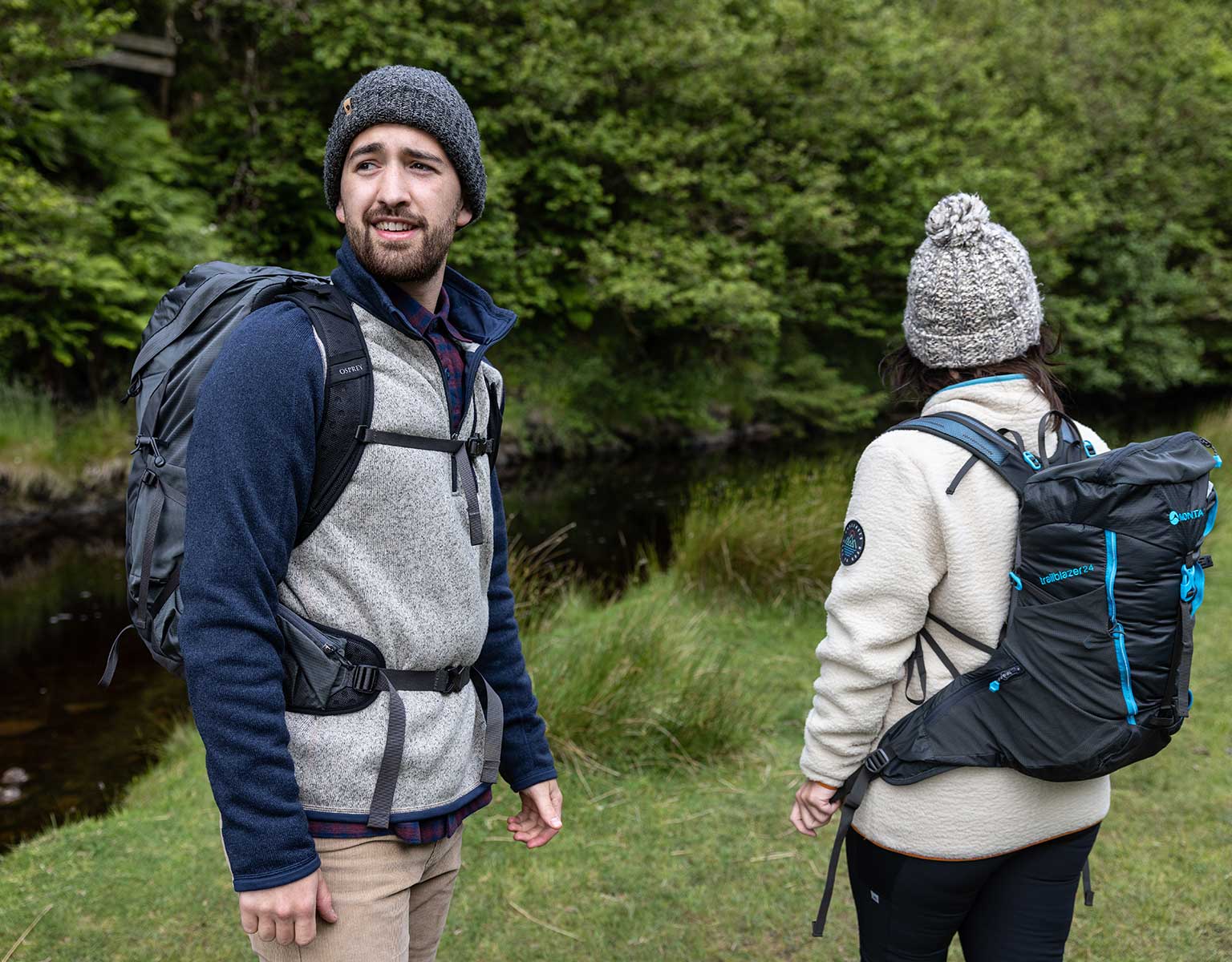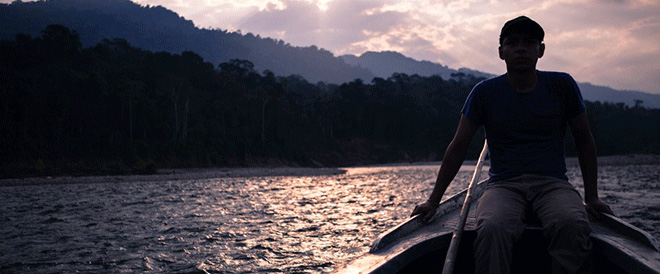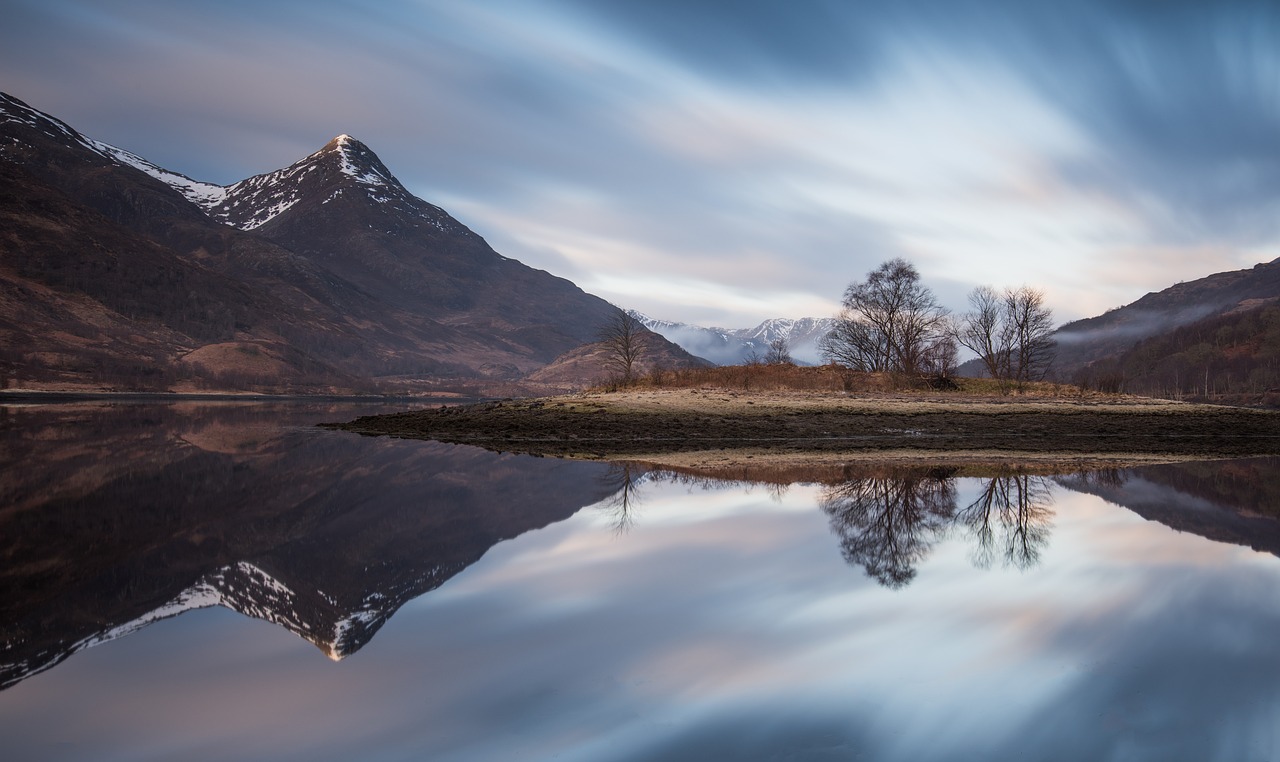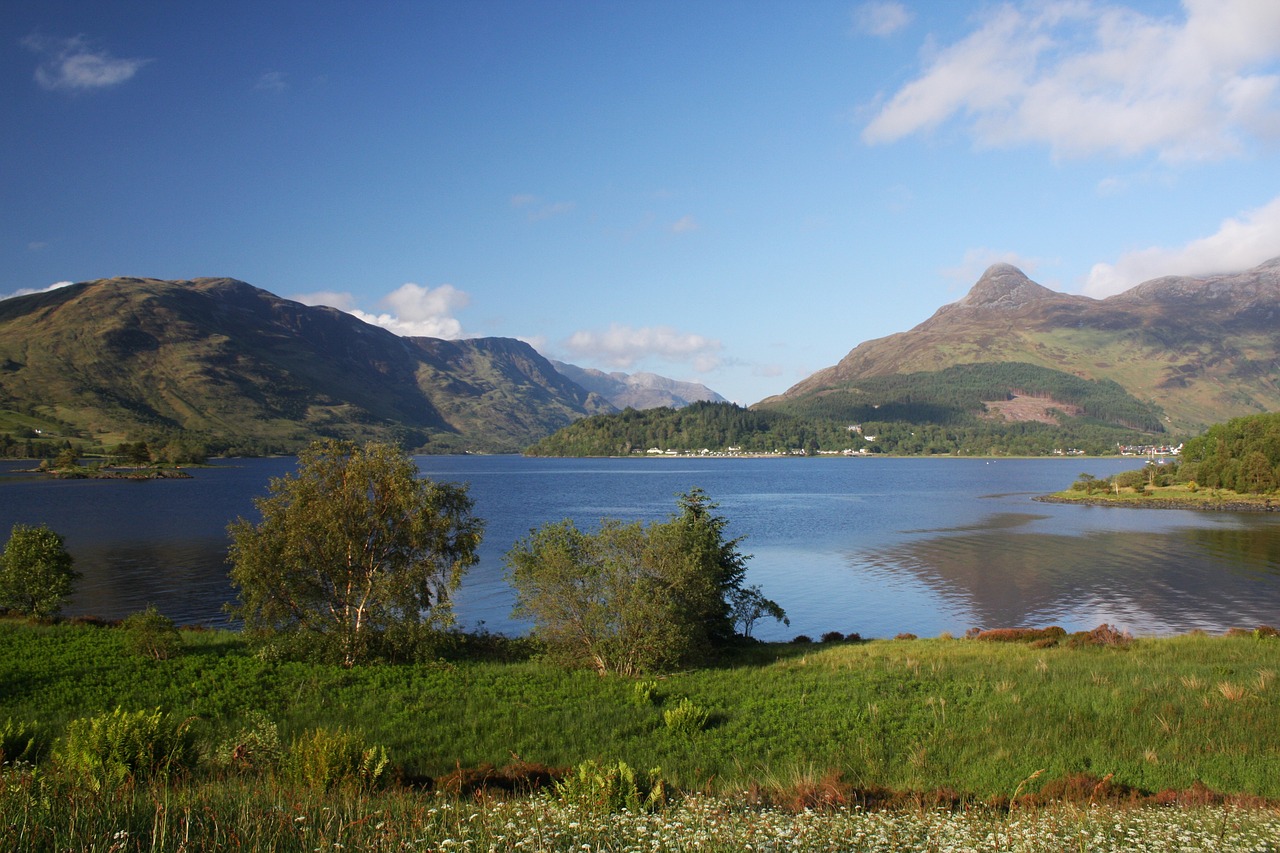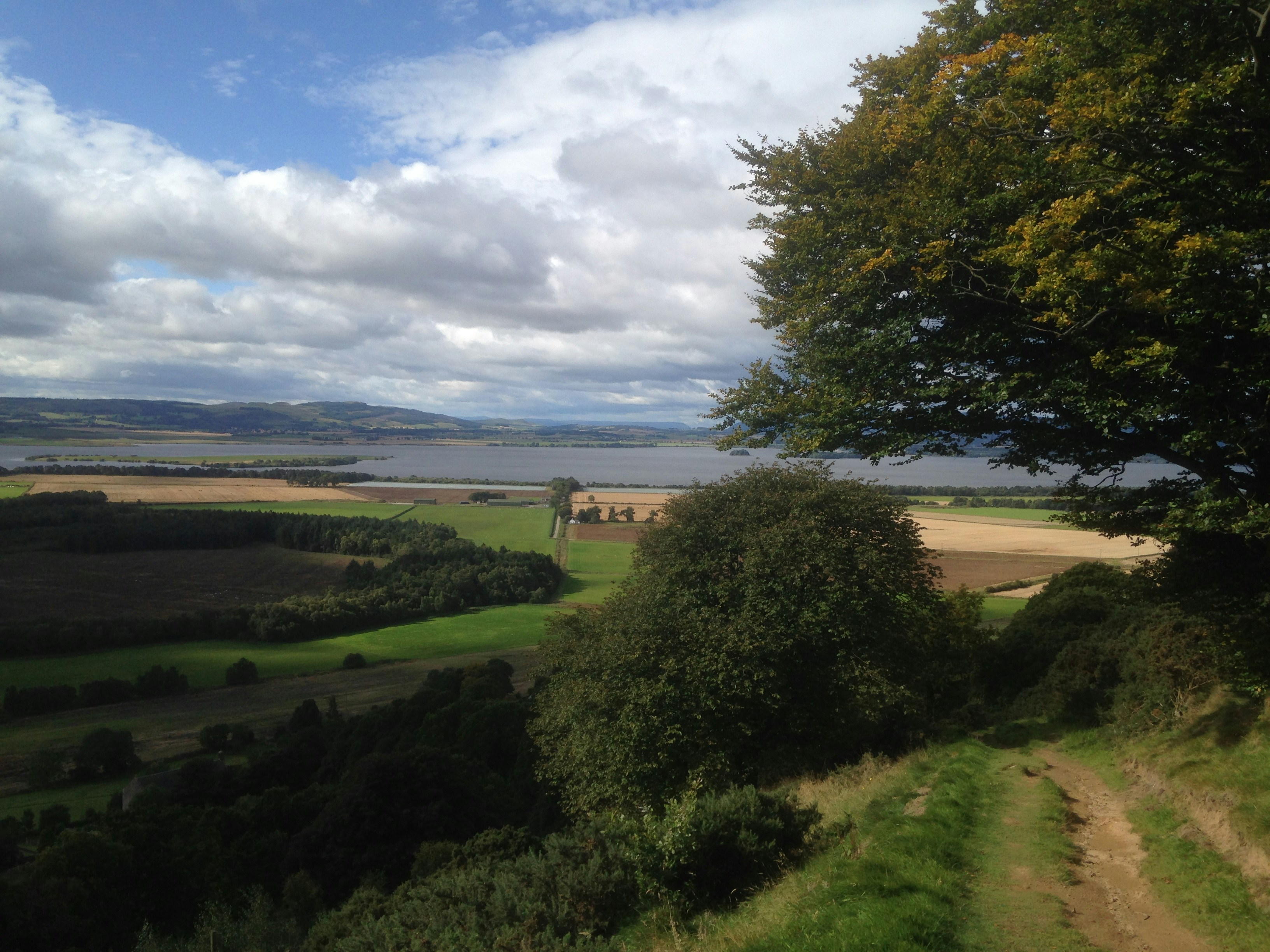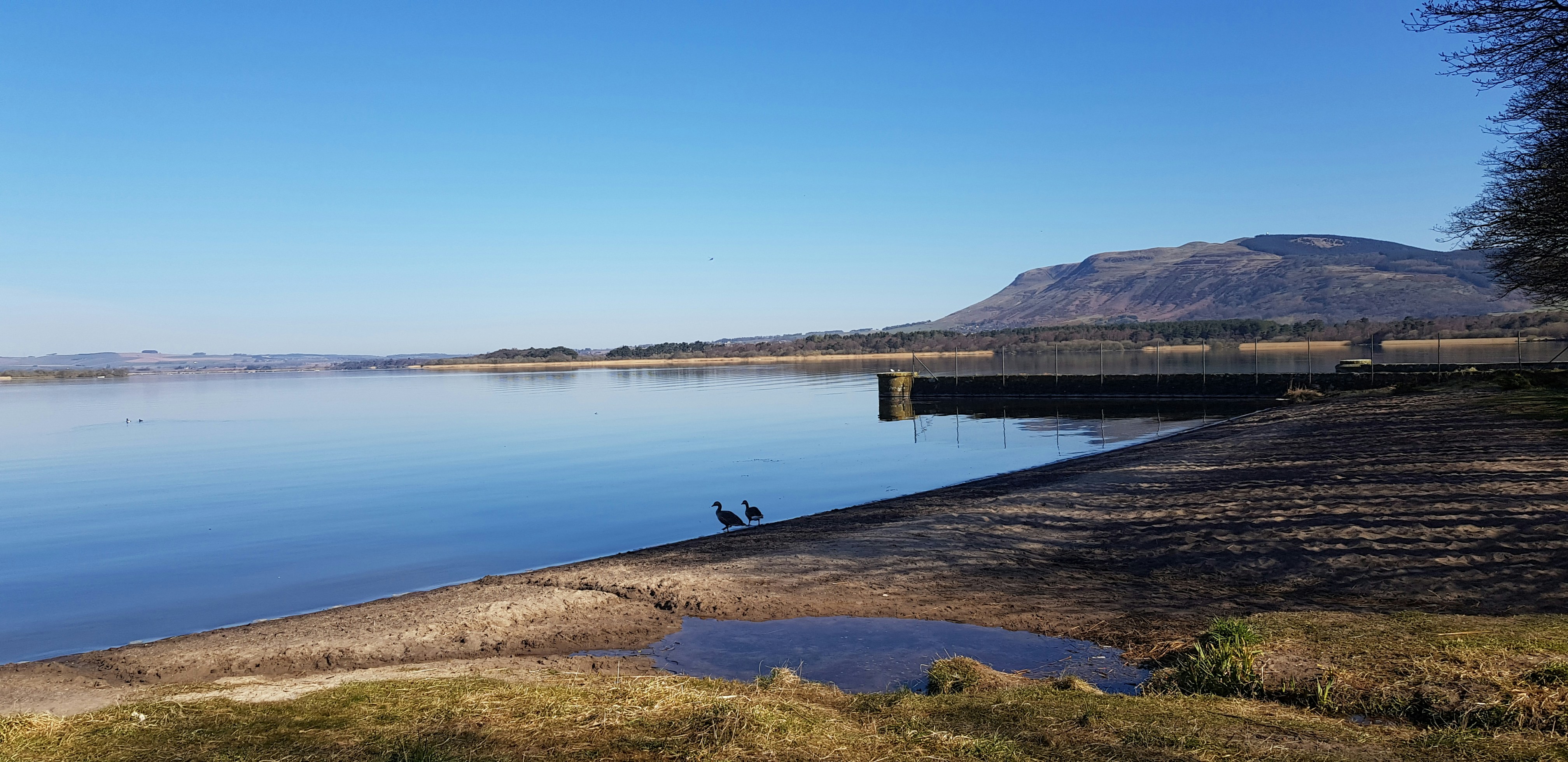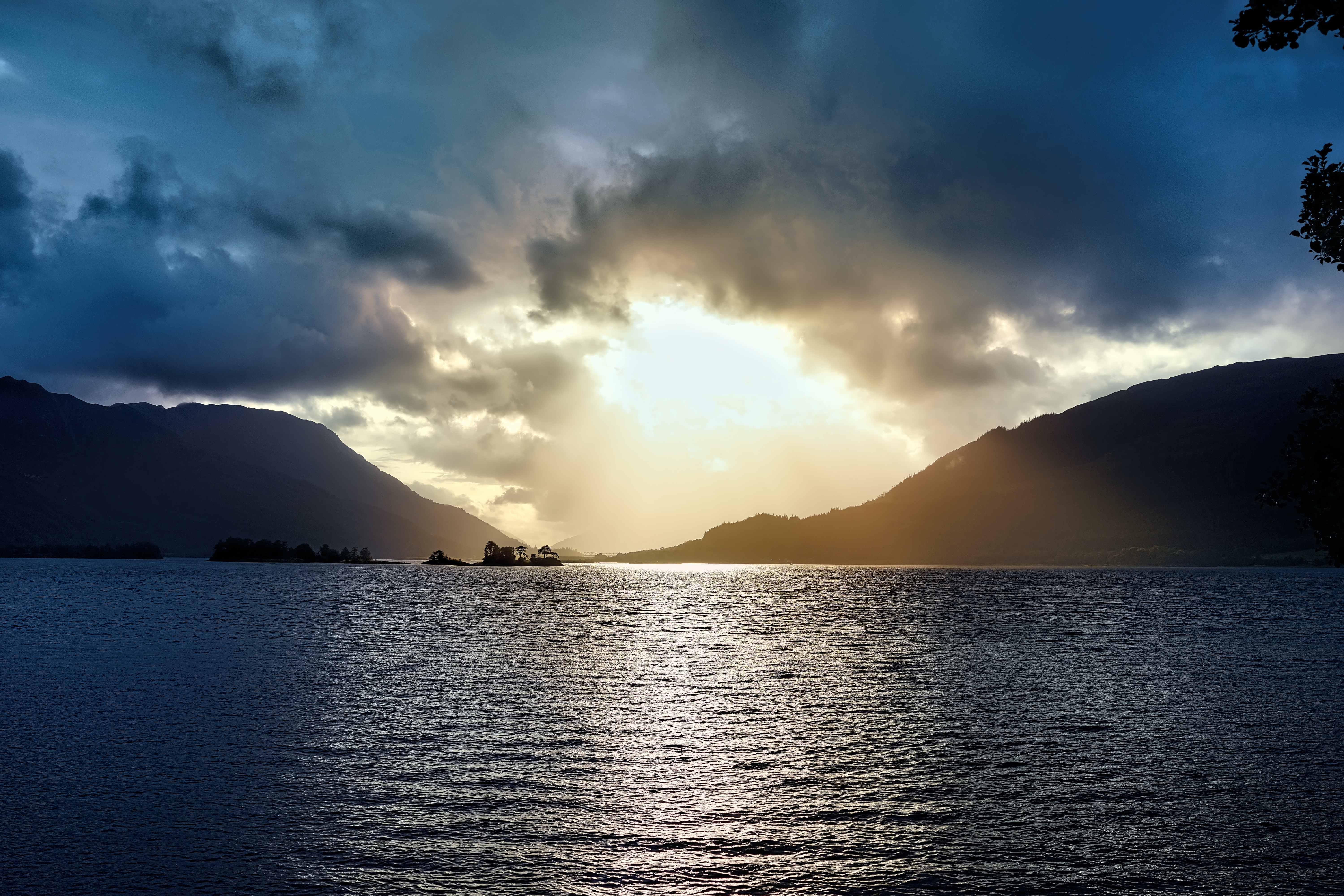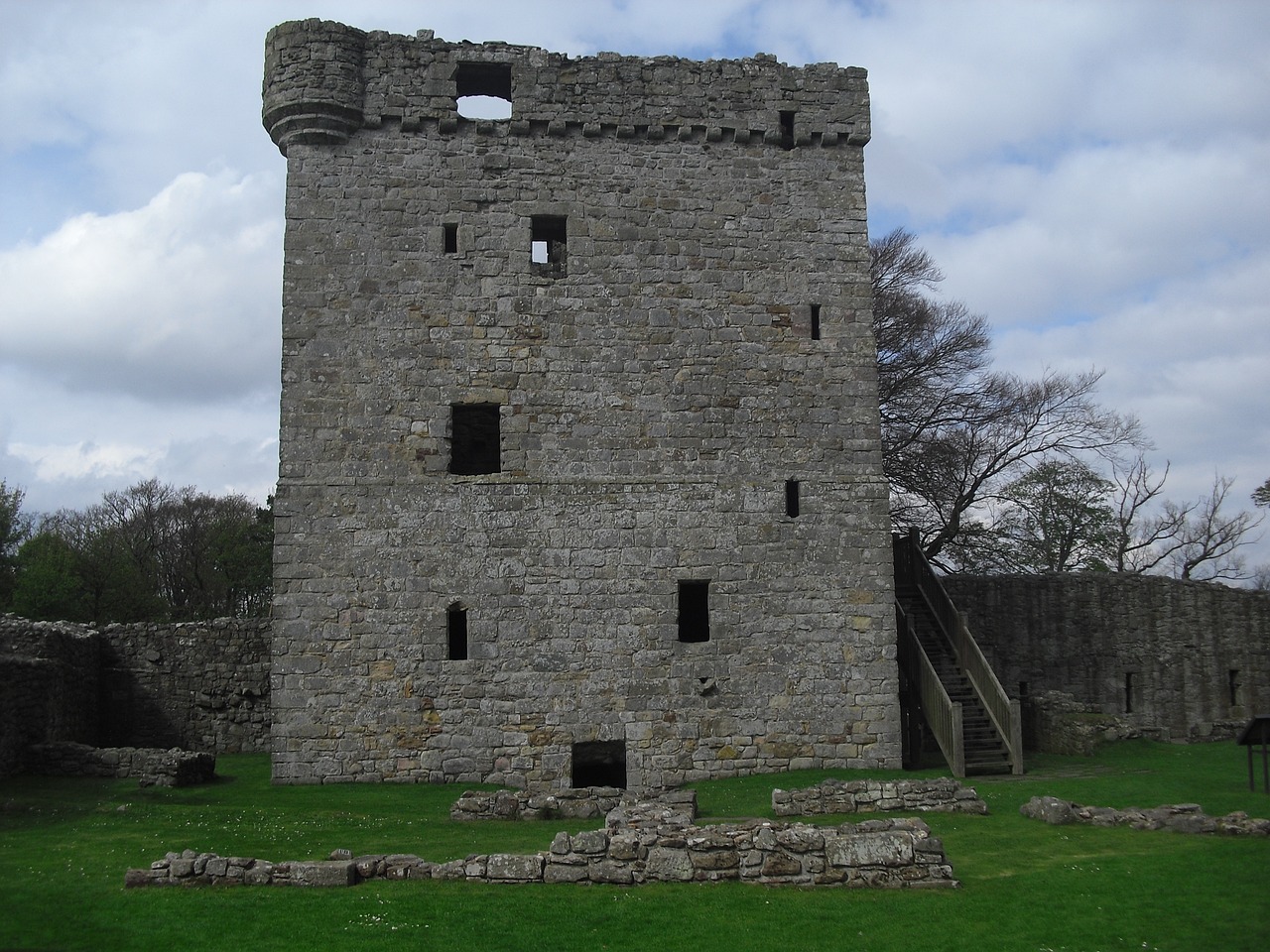Loch Leven Geography and Surroundings
Loch Leven is a large, inland freshwater loch located in the heart of Scotland. Nestled amongst the rolling hills of Perth and Kinross, this iconic body of water measures approximately 13km long by 3.5km wide. With a total surface area covering around 13.3 square kilometres, Loch Leven is the largest lowland loch in Scotland.
Surrounded by small towns and villages such as Kinross, Milnathort, Scotlandwell and Powmill, Loch Leven has been an integral part of the local area and culture for centuries. Historical records indicate settlers and communities living on its banks as far back as the Mesolithic period, some 6,000 years ago. The loch sits at an altitude of 102 metres, nestled amongst the inland hills and valleys of the Scottish Lowlands. Varying water depths reflect the uneven lakebed; steep slopes descend to 25 metres along the northern shoreline whilst expansive shallows characterise much of the southern half. Underlying geology includes metamorphic rocks and Devonian sedimentary deposits.
The loch itself covers a surface area spanning over 13 square kilometres, aligned on a west-east orientation and measuring approximately 6.5 miles in length. Outflow regulation allows water levels to be controlled, although natural seasonal fluctuations still occur. The enclosed nature of the watershed makes it responsive to nutrient inputs from the surrounding agricultural land. Shoreline perimeter measures about 25 kilometres. The drainage basin feeding Loch Leven includes numerous streams and rivers encompassing over 145 square kilometres of catchment area. More than 90% of incoming water derives from the River Leven and its tributaries draining the Lomond hills to the west.
Historic Sites
As well as Loch Leven Castle holding major historical prominence, various crannog dwellings discovered within the loch also provide a fascinating glimpse into the past. These fortified artificial islands scattered about the waters would have likely been home to local chieftains and landowning elites during the Iron Age period around 1000 BC. Finds from excavated crannogs reveal insights into the lifestyle and culture of early inhabitants. Remnants of timber roundhouses, hearths, bronze and iron tools, quern stones, glass beads and leatherwork indicate the community living on the crannogs had advanced architectural skills and were adept at crafts and agriculture. Animal bones suggest crannog dwellers farmed livestock and utilised the loch’s abundant natural fisheries. Stone jetties and causeways remain visible, indicating how these loch-based settlements were accessed from land. Most crannogs appear to have been constructed during the late Bronze Age up until the 2nd century AD before being abandoned as Roman influence spread.
These artificial island dwellings represent rare historic treasures which grant remarkable first-hand perspectives into day-to-day living during Scottish prehistory. Careful underwater excavations continue to uncover artefacts vastly improving archaeological knowledge and understanding from this period.
Visiting Loch Leven
As one of the largest inland bodies of water in lowland Scotland, Loch Leven boasts an array of recreational activities and things to see and do.
Walking
The loch perimeter measures approximately 25 kilometres, allowing visitors ample opportunities to walk and hike whilst admiring views across the water. The Loch Leven Heritage Trail is a specially designed, 13-kilometre circular route which takes walkers around the loch and its most famous attractions.
Beginning at Vane Farm Nature Reserve, highlights along this waymarked trail include the historic Loch Leven Castle, as well as the popular Loch Leven's Larder restaurant. Numerous information boards detail interesting facts about various features seen along the way. Well-surfaced paths and firm gravel make the trail suitable for pushchairs and wheelchairs.
Cycling
Similar to the heritage trail, cyclists can enjoy a rewarding ride circumnavigating the loch by using a mix of quiet minor roads, forestry tracks and off-road paths. The gentle gradients, sightseeing opportunities and abundance of logistics like accommodation and shops around the route, make Loch Leven a superb option for a relaxing biking day out. Certain off-road sections of The Loch Leven Heritage Trail also permit cyclists to enjoy traffic-free kilometres with special lochside views. Routes start from various villages such as Scotlandwell, Kinross and Milnathort; all easily reached by public transport. Bicycle hire outlets in Kinross provide trail maps and packed lunches to make multi-hour rides achievable.
Fishing
As a designated trout fishery, Loch Leven offers fly fishing opportunities for brown trout, rainbow trout and Arctic char. The loch is also noted for pike fishing, with big fish over 20 pounds present. Permits can be obtained from Visit Loch Leven outlets, allowing access to boats and fishing stands. Visitors require a permit, fly fishing equipment and a rod licence. Tuition and boat hire is available for beginners. Most trout weigh between 1-3 pounds, with an abundance present providing plenty of sport for all abilities. Peak times are early morning or evening when trout feed more actively. Summer months offer long daylight hours whilst pike tend to feed more aggressively in colder months.
Sailing & Boating
Loch Leven's relatively sheltered waters provide pleasant conditions for boating, sailing and kayaking. The glassy surface allows unhindered views stretching across the loch and surrounding hillsides. Boat trips offer unique ways to reach the atmospheric castle ruins; departing from the fishery pier opposite the Vane Farm visitor centre where private boat launching is also permitted with the correct permissions. Sandy bays provide kayakers and canoeists with calm spots to launch and land watercraft. Basic safety and local knowledge are essential due to potential changeable conditions. For sailing, a slipway suitable for trailered boats can be found at Kirkgate Park in Kinross. This peaceful activity allows experience Loch Leven's beauty at a slower pace. Wildlife sightings may include curious harbour seals or elegant marsh harriers quartering over reedbeds.
Loch Leven Accommodation & Dining
Hotels
Several hotels around Loch Leven cater for visitors seeking comfortable overnight accommodation combined with quality dining options. In Kinross, Burleigh Castle offers loch view rooms and an AA rosette restaurant serving authentic Scottish cuisine. The central location provides easy access to local attractions. Also in Kinross, the Green Hotel boasts an 18-hole golf course, leisure club and stylish bistro with a contemporary Scottish menu. For those preferring a familiar trusted brand, Travelodge Kinross High Street provides affordable rooms just a 5-minute walk from the loch shore trail.
Guesthouses and B&Bs
Numerous guest houses and B&Bs provide charming independent accommodation choices in villages around the loch. Prospect House in Scotlandwell overlooks Loch Leven with modern rooms including breakfast made from locally sourced produce. Craigview Guest House situated on the quiet main street of Milnathort also offers ensuite rooms, free Wi-Fi and a hearty breakfast. Many local B&Bs enjoy idyllic locations near the heritage trail; the perfect bases for walking and exploring Loch Leven’s natural beauty.
Local Dining
For fine dining, the multi-award-winning Loch Leven's Larder is a must-visit. Housed within a historic stone barn, the restaurant offers scenic views across Loch Leven while serving high-quality Scottish cuisine. Menus centre around fresh locally-sourced produce including fish landed daily at nearby harbours. Casual diners will enjoy the Loch Leven Seafood Café occupies a tranquil spot Halfway between Kinross and Milnathort. Specialising in fish and chips cooked in sustainably sourced rapeseed oil, other offerings include nachos, ice cream and a range of hot and cold drinks making this eatery suitable for all visitors.
Holiday Parks
Visitors craving quality outdoor time can select from several picturesque holiday parks dotted along Loch Leven's banks. Options range from touring pitches for motorhomes and caravans, to well-equipped lodges or glamping tents. Many sites own private shorelines allowing activities like kayaking direct from your accommodation.
Transport and Accessibility
- Car → Loch Leven is easily accessed via the M90 motorway for those journeying by car. The loch can be reached within an hour's drive from Perth, Stirling or Edinburgh. Main access roads include the A911, A915 and A918 which provide access to attractions like the Loch Leven Brewery and Loch Leven Health Centre located just outside Milnathort.
- Bus → For visitors reliant on public transport, regular bus routes connect towns surrounding Loch Leven, providing access to nature reserves, trails and other attractions. Direct services operated by Stagecoach run from locations including St Andrews, Perth, Glenrothes, Kirkcaldy and Dunfermline. Visitors should check timetables in advance.
- Train → The nearest train station lies 11 miles south in Markinch; just over 30 minutes from Edinburgh, Perth and Kirkcaldy. From here, the X58 bus route runs direct to the heart of Loch Leven, dropping visitors near Vane Farm and Loch Leven’s Larder; perfect for exploring the nature reserve and loch shore trails.
- Walking/Cycling →The 13km trail circles the entire loch, meaning many options exist for walking or cycling to Loch Leven depending on abilities and desired start locations. Surrounding towns connect to trails leading to various scenic access points. The RSPB Loch Leven reserve also has an easy-access trail suitable for wheelchairs and pushchairs.
Loch Leven History and Heritage
The story of Loch Leven spans over 10,000 years, with traces of ancient crannogs, burial sites, standing stones and settlements found around its shores. This historic landscape has witnessed the comings and goings of Picts, Romans, Vikings and the emergence of early Scottish kings.
Loch Leven Castle
As previously mentioned, one integral feature tied to the loch’s history is Loch Leven Castle. Thought to have origins in the 13th century, this semi-ruined castle occupies a small island set within a bay on the western shoreline of Loch Leven. Accessible only by boat across the reed-fringed waters, the castle provides a glimpse into Scotland’s turbulent past. Its strategic island location has long been prized for defensive capabilities; first constructed using basic crannog architectural principles involving a timber roundhouse on an artificial island. During Scotland’s wars of independence, the English captured Loch Leven Castle in 1334, briefly replacing the defending wooden fortifications with stronger stone towers and walls. These invading forces continued occupying the castle for over 30 years until being ousted in 1369 as Scots eventually reclaimed the stronghold. Further conflicts and sieges inflicted damage over the ensuing centuries before more extensive restoration work took place in the 1500s and 1600s. Mary Queen of Scots became the castle’s most famous prisoner for a few months during 1567-8 following her forced abdication.
Today only partial stone remnants survive; and the haunting ruins exude an isolated, melancholy atmosphere. Fragmented arched windows, partial stair towers and crumbling walls emerge through a blanket of ivy. Exploring the remains with the aid of information boards conjures images of banquets in the great hall, political intrigues or escaping captive queens. Spectacular views stretch across Loch Leven to the distant Lomond hills beyond. Access to the castle is via scheduled boat trips running daily from Easter until October. These tours last around one hour, providing opportunities to land on the island and learn more about Loch Leven's history from knowledgeable guides. Alternatively, visitors can hire fishing boats permitting private access to explore the ruins at leisure.
Crannogs and Burial Sites
Various crannog dwellings dating from around 1000 BC have been discovered within Loch Leven, mostly located towards the western end. These fortified artificial islands were likely home to local landowning elites during the late Bronze Age and early Iron Age periods. The name itself derives from old Gaelic, roughly translating as ‘young trees’ or ‘tree branch’, reflecting the wood and timber construction techniques used. Finds from excavated crannogs reveal insights into the lifestyle and culture of early inhabitants. Remnants of timber roundhouses, hearths, metal tools, quern stones and other domestic artefacts indicate a comfortable existence with advanced construction skills, crafts and agriculture. The communities probably controlled local fishing rights and farmed livestock. Stone jetties, wooden causeways and canoe moorings reflect how loch-based settlements were accessed. Aside from crannogs, numerous burial sites with ceremonial standing stones and cairns have been documented around Loch Leven. These are concentrated at locations including Auchmuirbridge, Arnhall and the area of Orwell Hill, dating from around 2000-1000 BC. Such monuments suggest the region held special spiritual significance for Bronze Age peoples with communities gathering to honour their dead at traditional sites over many generations.
Early Settlements
On the south bank near Old Kinross lie the remains of Roman marching camps, constructed in the 1st and 2nd centuries AD. Their positions by ancient inland paths strongly suggest use as staging posts for troops heading northwards. Finds indicate a lengthy presence over many decades so they may have also offered communication links and supply points between southern Scottish forts. Further signs of early habitation exist at Lochlands farm on a small inlet known as St Serf’s Island, named after the apostle and missionary Saint Serf who allegedly resided here. Historical records note an Augustinian priory existed on ‘St Serf’s Isle’ during 1200AD which continued operating until being abandoned following the Protestant Reformation circa 1560. Ruinous walls are still visible today, echoing a once bustling monastic community focused on fish farming and orchard cultivation. Additional glimpses into historic rural practices can be witnessed via surviving remnants of various water mills dotted along rivers and burn-feeding Loch Leven. During the 19th century, several textile works harnessed water power for industrial processes before reverting to corn and saw mills up until the late 20th century. Their lasting presence reflects how generations have both exploited and cherished Loch Leven.
Local Services and Amenities
Loch Leven Health Centre
Providing essential medical services to over 14,000 patients, Loch Leven Health Centre occupies a convenient location under 2 kilometres from Loch Leven in the village of Milnathort. Purpose-built in 2008, this modern facility houses a range of healthcare facilities including appointment and walk-in GP services, community nursing, dental care, phlebotomy and visiting consultants. The health centre building is all on one level with wheelchair access and accessible toilet facilities provided. A pharmacy is onsite for collecting prescriptions with some over-the-counter medicines available. For visitors in urgent need of healthcare services, the centre offers registration for temporary residents in the area as well as telephone and online appointment booking systems.
Other services integrated within the facility include speech and language therapy, podiatry, physiotherapy, mental health support and specialist substance misuse programmes. The dental team provides NHS treatment including emergency appointments, with options for private dental plans also available. Onsite parking means the health centre is easily accessed by car or Loch Leven ferry connections. Overall the Loch Leven Health Centre forms an invaluable community asset, promoting preventative care alongside diagnostic services, chronic disease management plans and holistic treatment regimens for supporting both physical and mental wellbeing. As the only community health hub within a reasonable distance, having easily accessible GP and emergency care helps maintain public health for locals and visitors to Loch Leven alike.
Loch Leven Brewery
Having outgrown its original base in the Scottish Highlands during the early 2000s, the multi-award-winning Inveralmond Brewery relocated to a purpose-built facility near Loch Leven in 2005. Now known as the Loch Leven Brewery, this family-owned artisan producer has gained global recognition for quality craft ales made using the pristine water and natural ingredients found around their Perthshire location. Offering tours every Saturday, visitors can witness firsthand the skills and passion involved in creating these iconic Scottish beers. Guides explain each step of the traditional brewing process; starting by milling malt grains grown on local farms before hot water releases the fermentable sugars needed for fermentation. This sweet wort is boiled with aromatic whole-leaf hops to impart bitterness and flavour.
After cooling, yeast is added to begin the fermentation stage which converts sugars into alcohol and carbon dioxide. Following further maturation and filtration, the brewery’s range of organic ales is ready for bottling, kegging or canning. Flagship brands include the tropical fruity Topaz IPA and the Ossian stout using roasted chocolate malt. The tour culminates with a tutored tasting session. In addition to their scheduled tours and onsite shop selling beers and merchandise, Loch Leven Brewery also operates an outdoor taproom opening on summer weekends. Located overlooking Loch Leven, visitors can relax at picnic benches sampling full pints or tasting paddles of handcrafted ales brewed metres away. Food trucks provide thirsty customers with perfect pairings like woodfired pizza, gourmet burgers and loaded fries.
Wildlife at Loch Leven
Stretching across the expanse of Loch Leven is the largest reedbed habitat in Britain, now recognised as an area of special scientific interest. This reedbed ecosystem supports an abundance of wildlife, in particular migratory birds that either winter on the loch or uses it as a staging post during their annual migrations across Europe.
Birdlife
As a vital stopover habitat along north-south migratory routes, Loch Leven provides essential feeding and roosting grounds for tens of thousands of visiting waterfowl during winter and passage months. Large flocks arrive from Icelandic and northern European breeding grounds to take advantage of the loch’s rich supply of macroinvertebrates and aquatic plants. Abundant bird species found across Loch Leven include tufted duck, pochard, goldeneye, mallard, teal and wigeon. Among the crowds, it’s also possible to spot more unusual visitors such as red-breasted merganser, scaup and smew. Attracting the most attention though are unquestionably the spectacular skeins of Icelandic pink-footed and greylag geese. These magnificent wild geese descend in their thousands to spend winter around the grassy pastures and sheltered waters, creating an unforgettable wildlife spectacle between October and March. Their distinctive high-pitched ‘ang-ang’ calls echo hauntingly across the skies as flocks wheel and glide between feeding sites. Come spring, birds such as lapwing, redshank, great crested grebe, common tern and oystercatcher arrive to nest and breed around the loch margins. The extensive reedbed environment also supports smaller species like sedge warbler and reed bunting.
Other Wildlife
Aside from its outstanding assemblage of bird species, Loch Leven also harbours a wealth of other wildlife inhabiting its diverse mosaic of habitats. Roe deer frequently emerge to feed along forest edges under the cover of darkness, whereas energetic pine martens bound acrobatically through dense tree canopies pursuing grey squirrels during daytime.
Beneath the water reside packs of curious otters; their narrow, streamlined bodies perfectly adapted for chasing fish and frogs. If lucky, a fleeting sight of one emerging onto the rocky shoreline with a wriggling catch firmly clamped between sharp teeth may reward patient observers. Invertebrate diversity thrives amongst marginal vegetation like reedbeds and fen areas. Dragonflies and damselflies dance elaborate mating rituals above sheltered ponds whilst below water, freshwater mussels filter feed undetected. Out on muddier sections, great diving beetles and water spiders prowl the silty shallows.
Blooms of purple loosestrife, yellow flag iris and ragged robin bring brilliant flashes of colour to boggy corners of the reserve come summertime. Beyond lie expansive grasslands dotted with devil’s bit scabious and tormentil whose high nectar content supplies essential food for brooding ringlet butterflies and industrious bumblebees.
Related articles

Let us know you agree to cookies
We use marketing, analytical and functional cookies as well as similar technologies to give you the best experience. Third parties, including social media platforms, often place tracking cookies on our site to show you personalised adverts outside of our website.
We store your cookie preferences for two years and you can edit your preferences via ‘manage cookies’ or through the cookie policy at the bottom of every page. For more information, please see our cookie policy.

